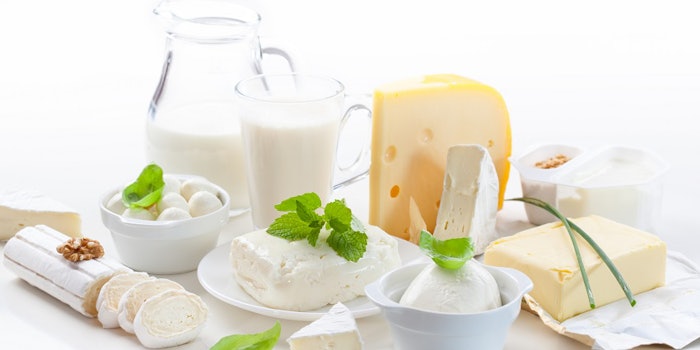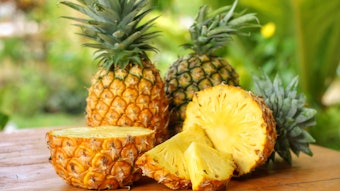
Consumer demand for natural, low-fat and functional products presents ever-growing challenges to flavorists at the bench—notably in dairy applications that increasingly feature “low in,” functional and probiotic facets. For example, says Cindy Cosmos, senior flavor chemist with Bell Flavors & Fragrances, “Low fat is always a problem because there’s not the mouthfeel effect from a fat agent for the flavor to bond to. So you get spiking and off notes that develop.” Functional products also raise issues. “Any time you put a nutraceutical or functional [ingredient into a product] you always have a masking problem—not just with dairy flavors, but fruit, sweet, etc. in dairy products. You almost need to develop a two-flavor system. If you want a strawberry flavor and it’s going into a yogurt that has probiotics and vitamin E, which is really fishy, obviously you could have a great strawberry flavor, but what’s going to cover that fishy note? You essentially have to develop two flavors.”
Cosmos and colleague Cristalle Keane work with a number of dairy fl avor applications, including yogurt, ice cream, cheese, milk, creamers and soy milk. Keane, too, sees challenges in the probiotic arena, particularly in yogurt and milk with varying fat percentages. “A lot of them are fruit flavors,” she says. “Those kinds of systems need acid to ‘burst’ the fl avor; we have to balance the fl in a certain way.” Cosmos adds, “We sometimes have to incorporate a sweetness enhancer because there may not be enough sweetness in the product. Any time you work with dairy products containing artificial sweeteners, especially aspartame, certain flavors (cherry, cinnamon and apple-cinnamon, for example) contain key chemicals that cleave the unchelated protein of aspartame, resulting in a lot of off notes, so you have be aware of the reactivity of that.”










